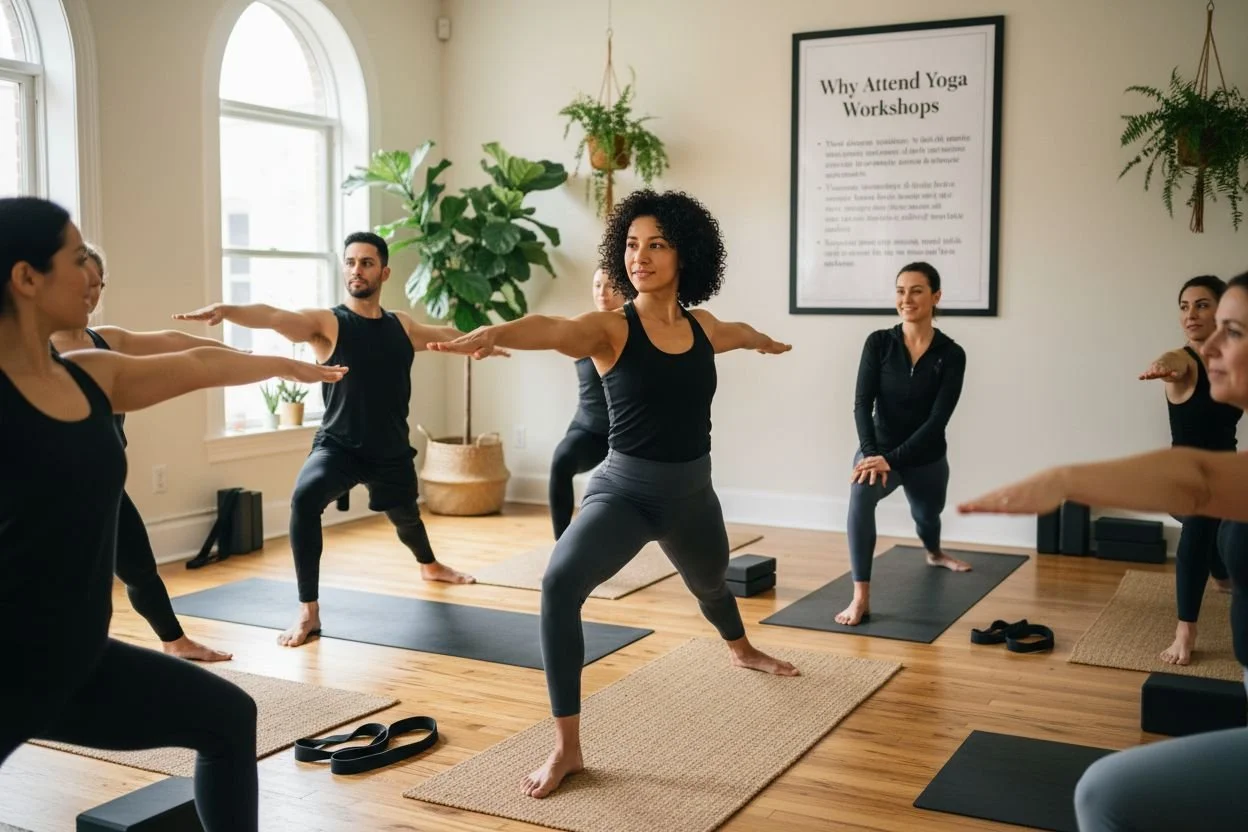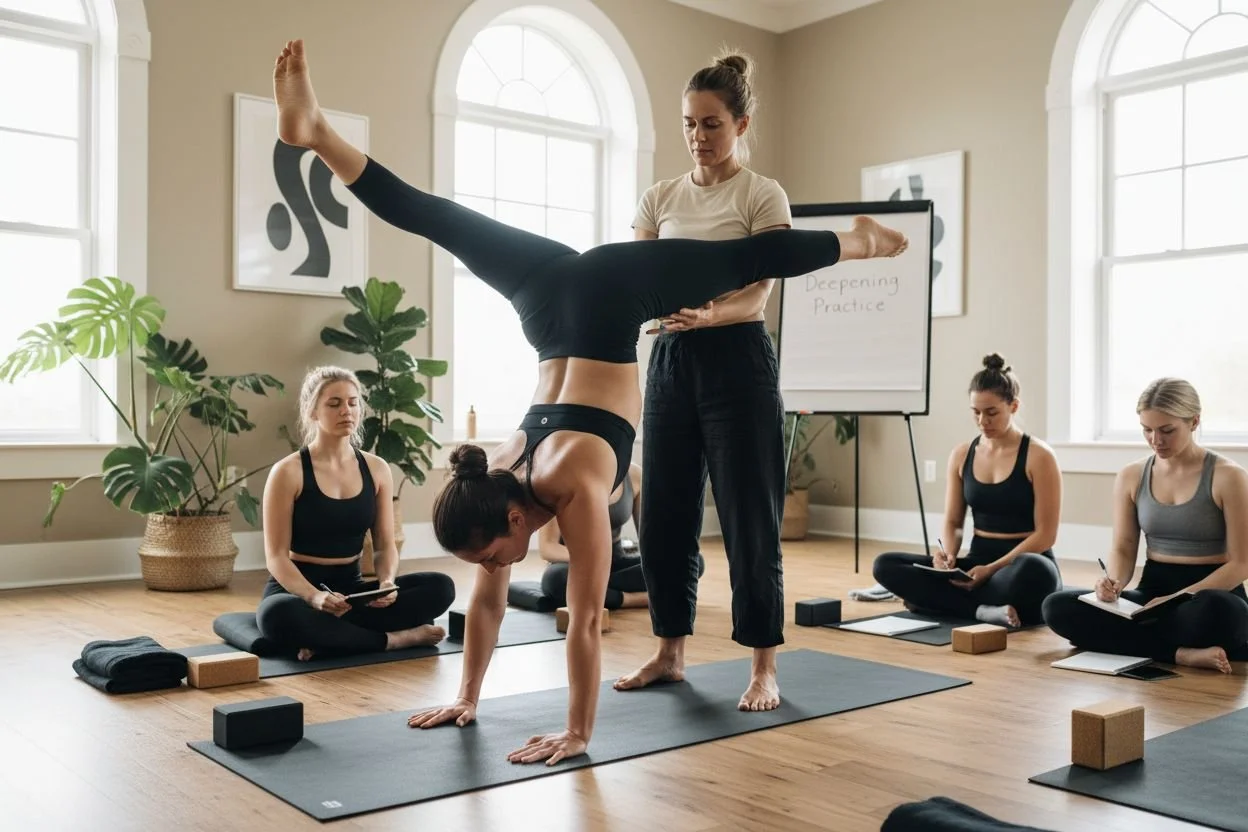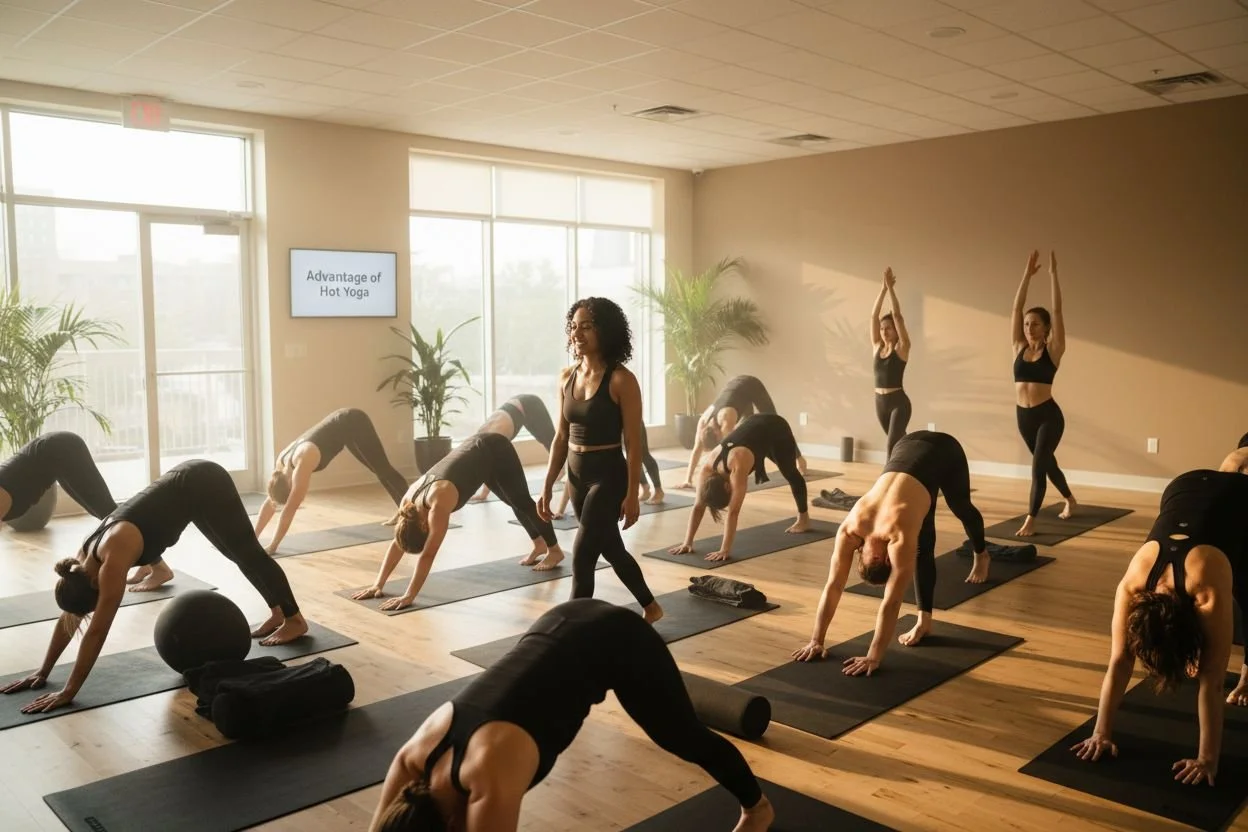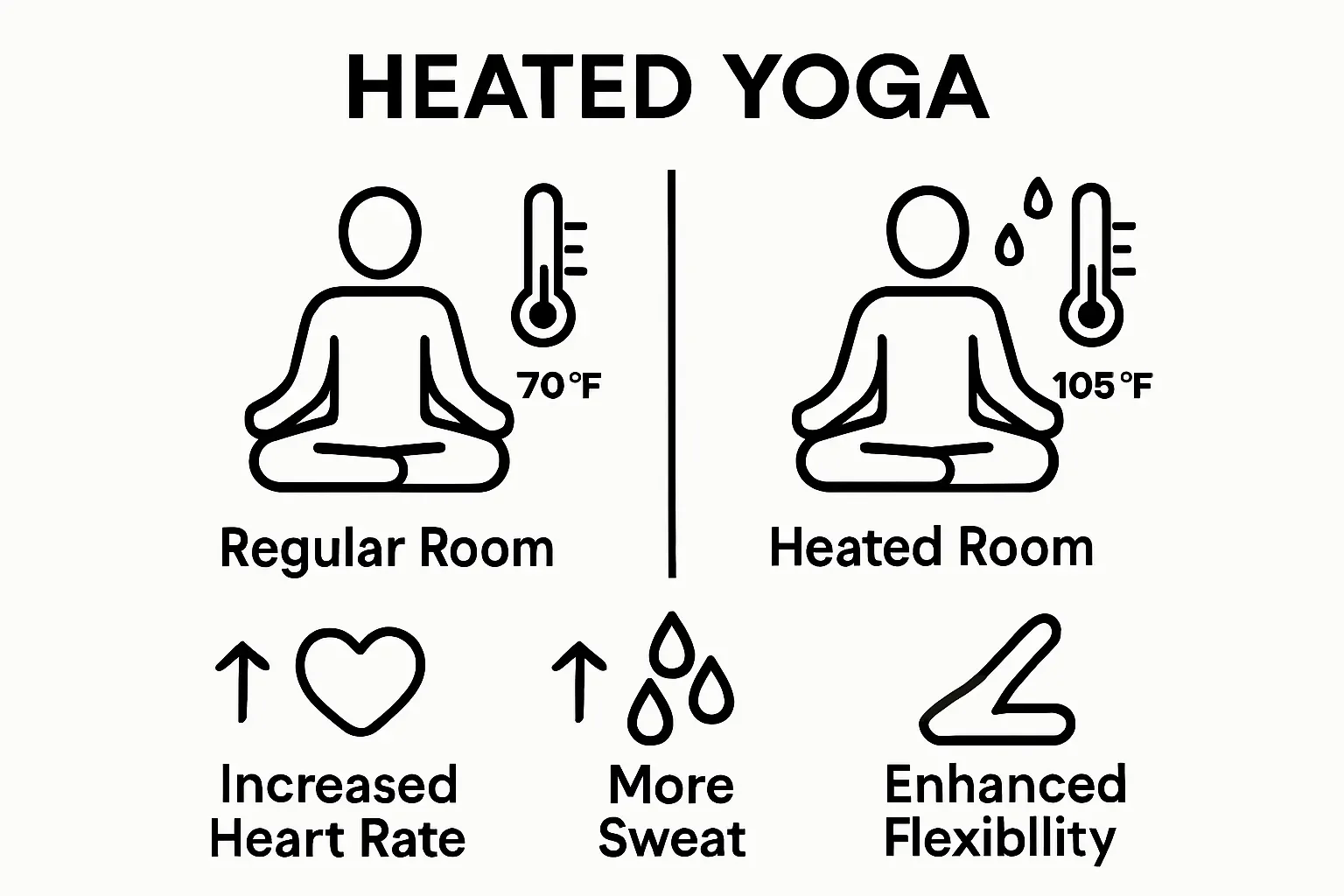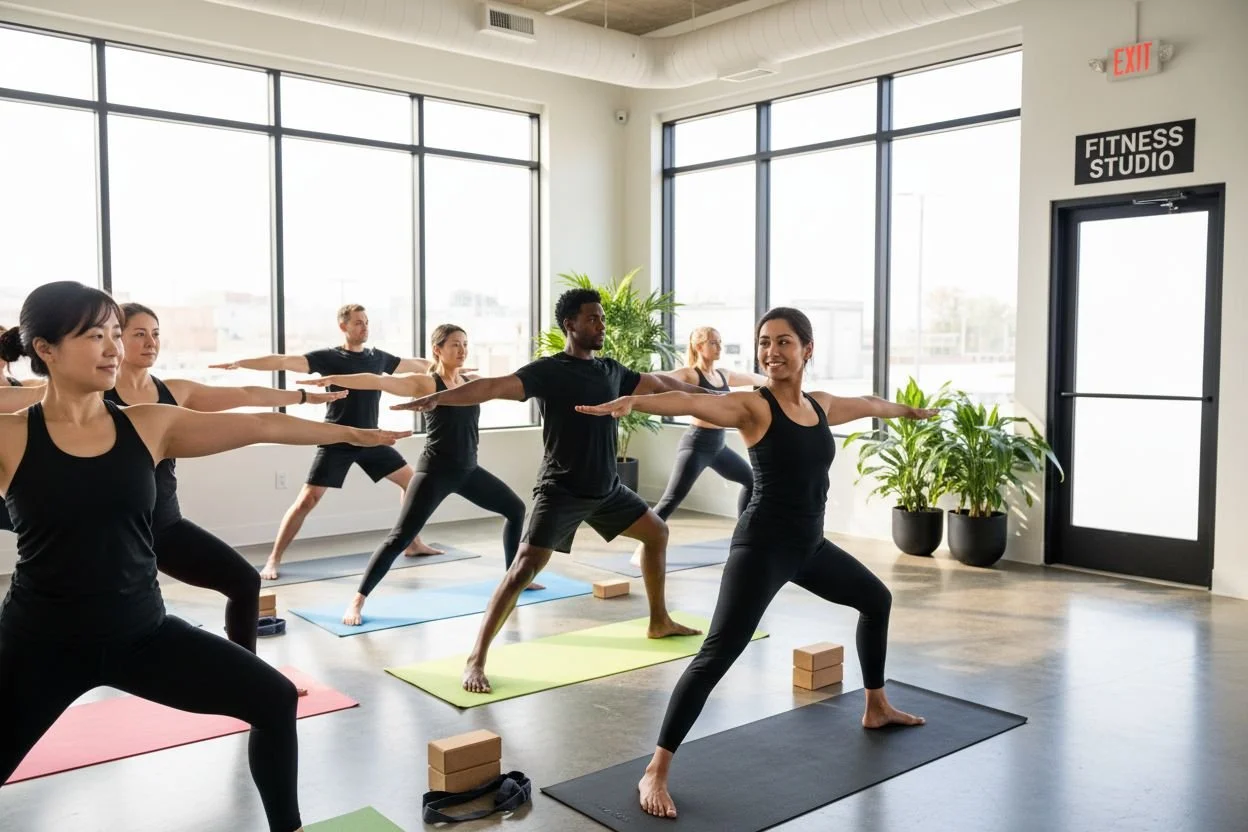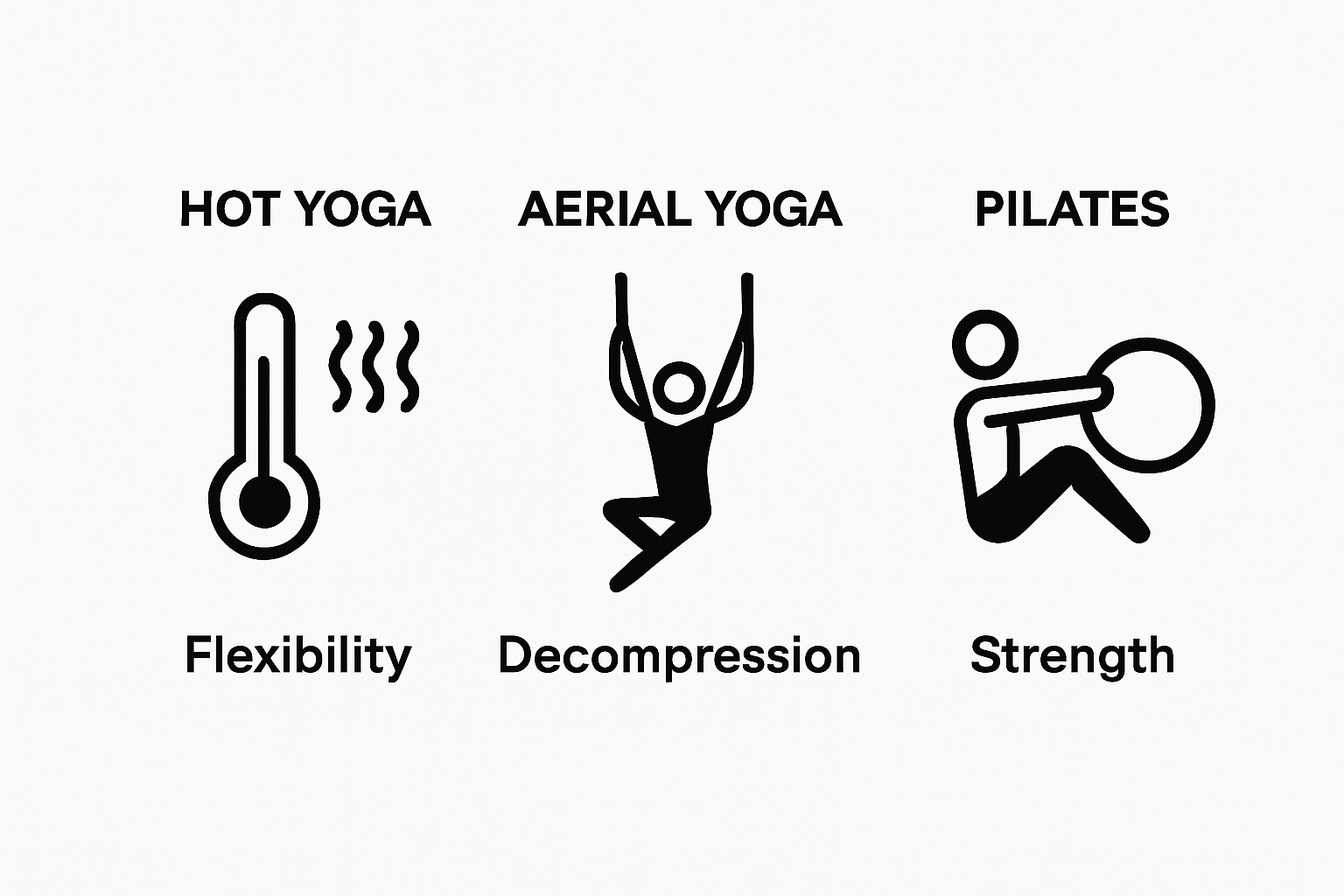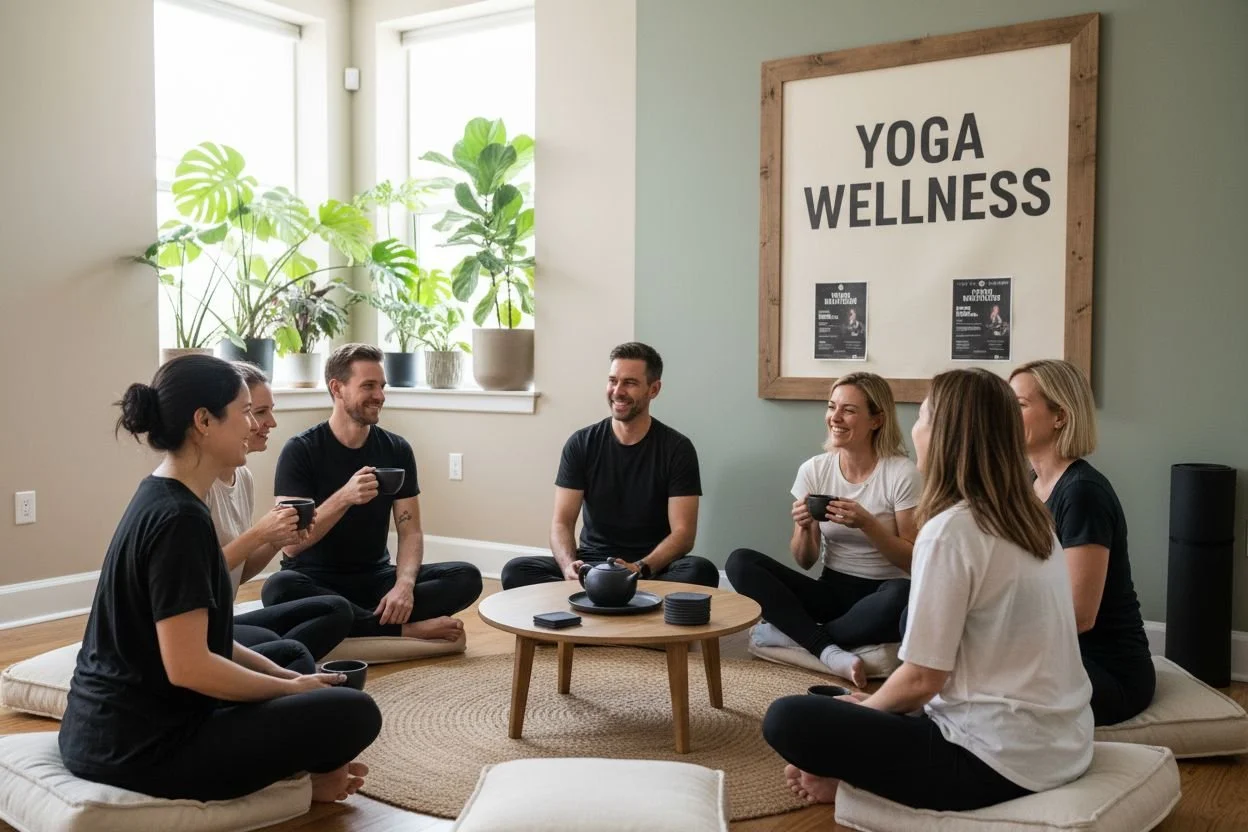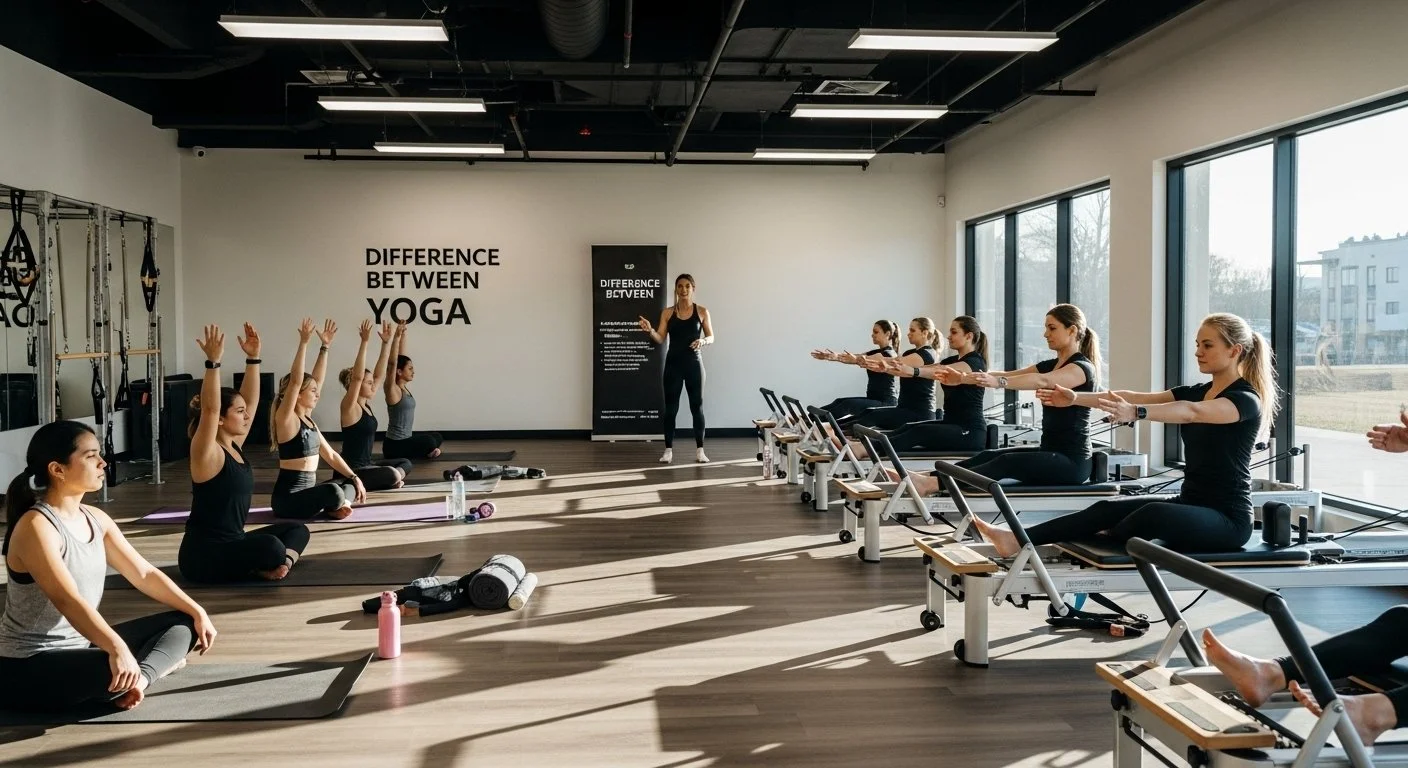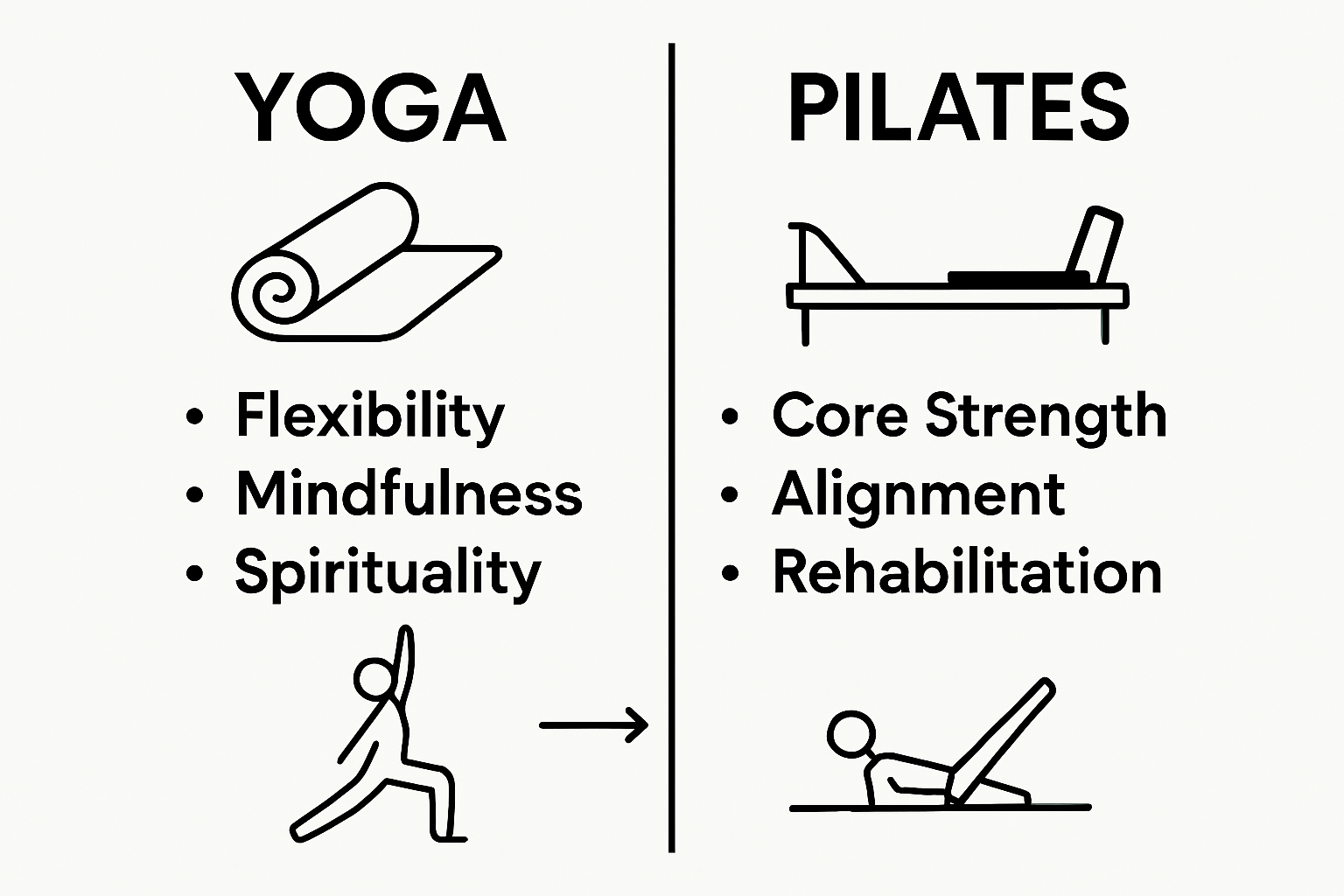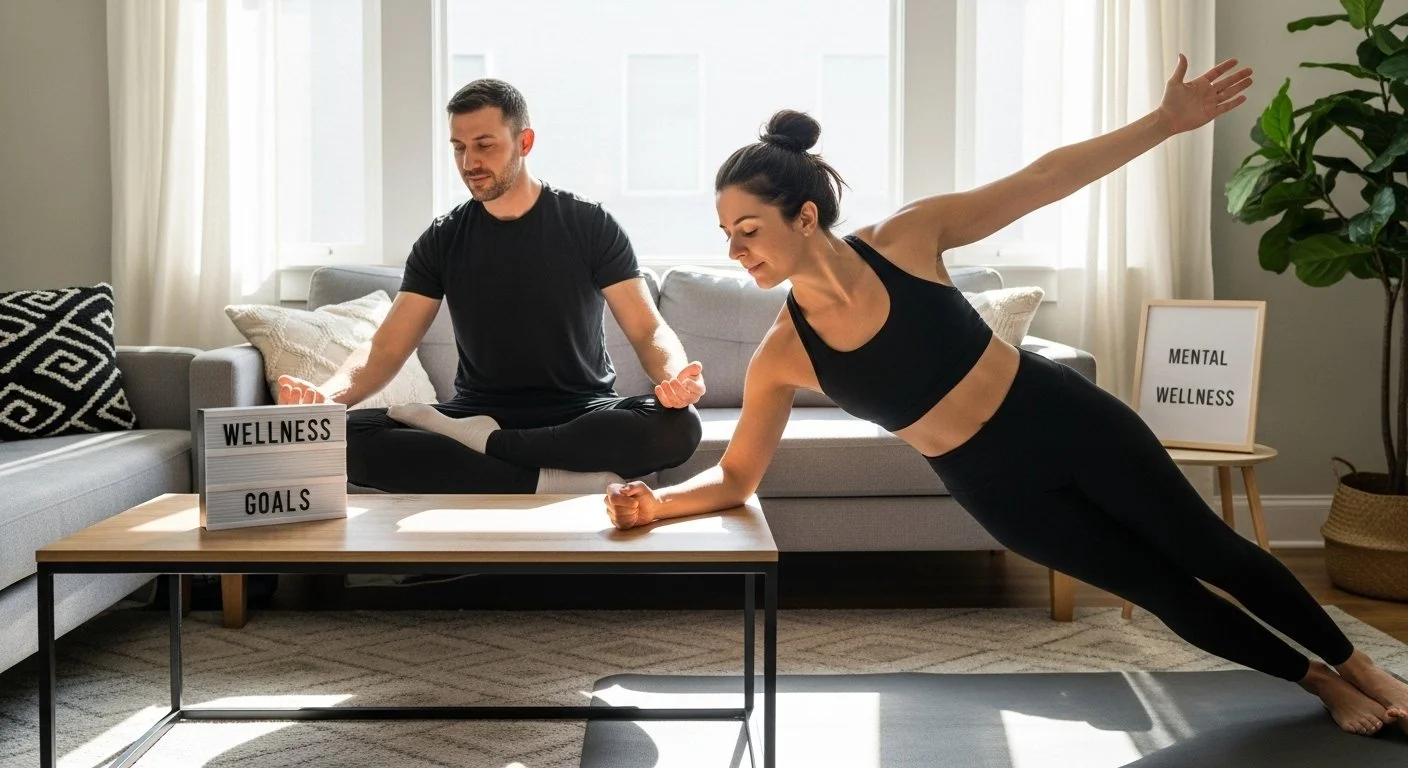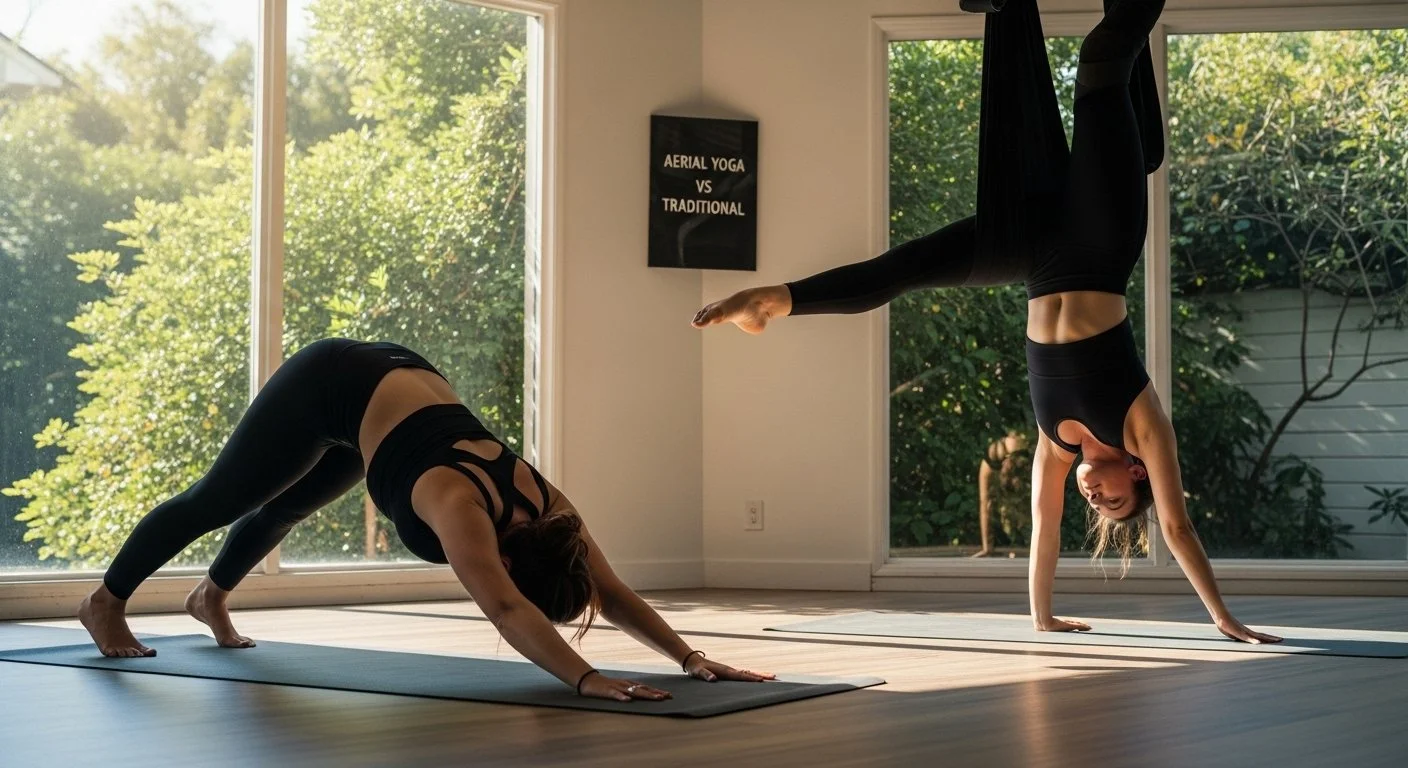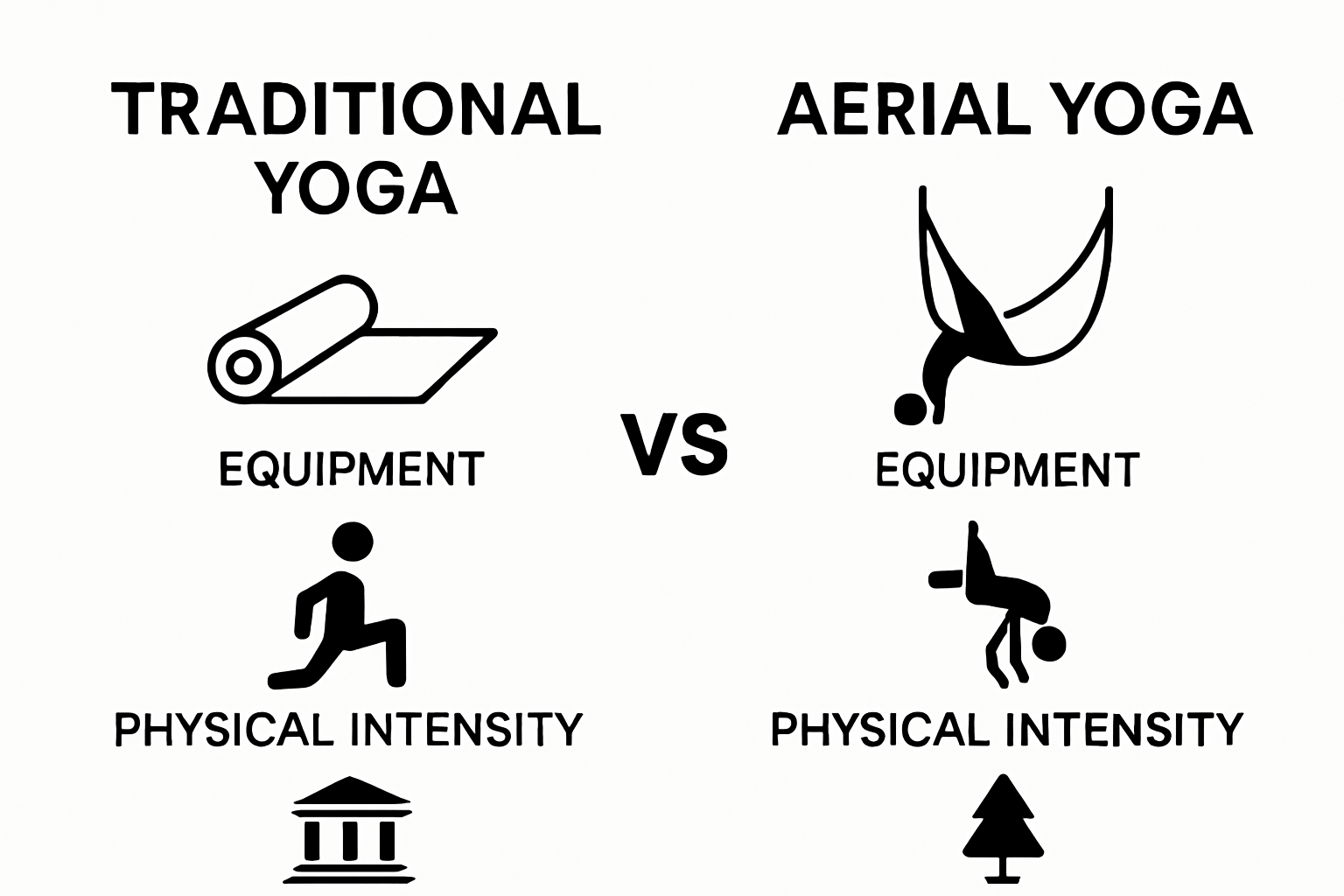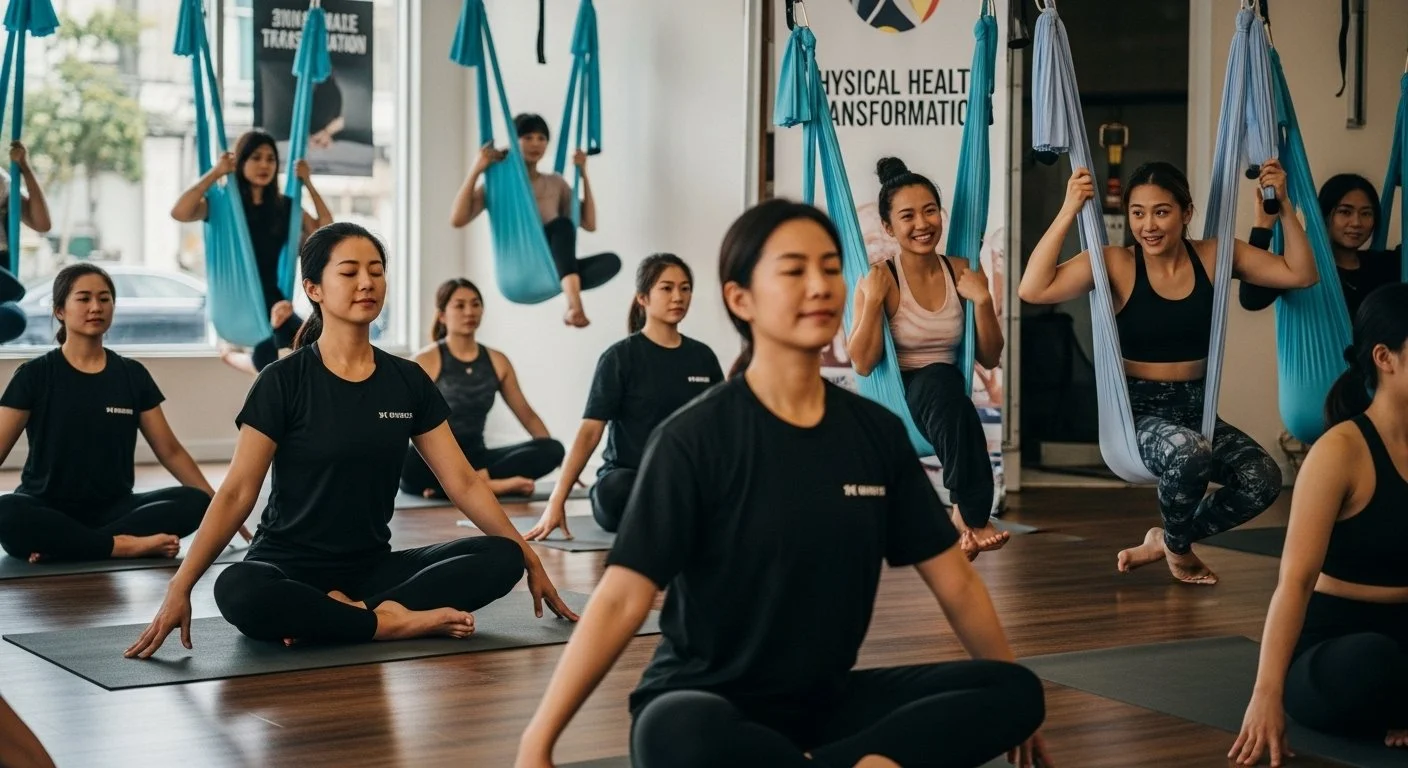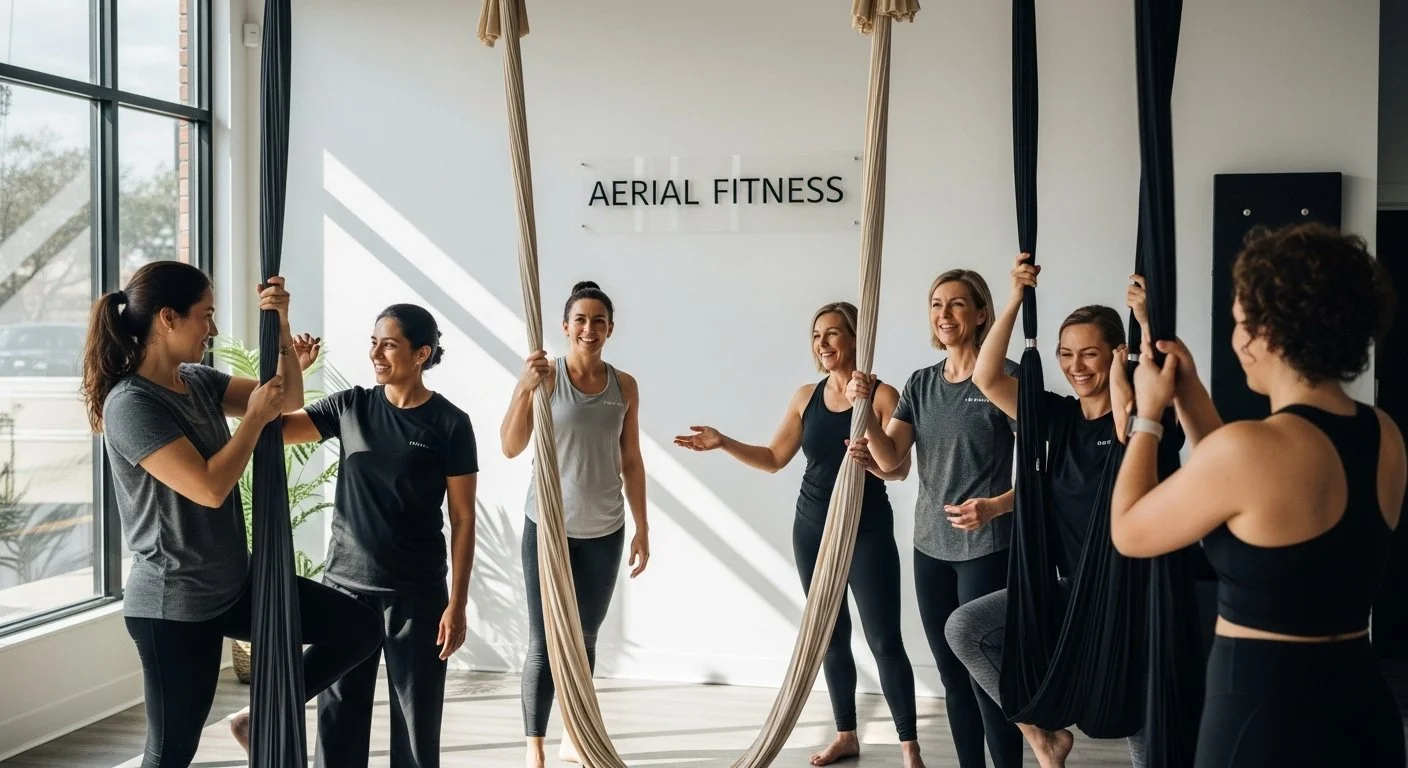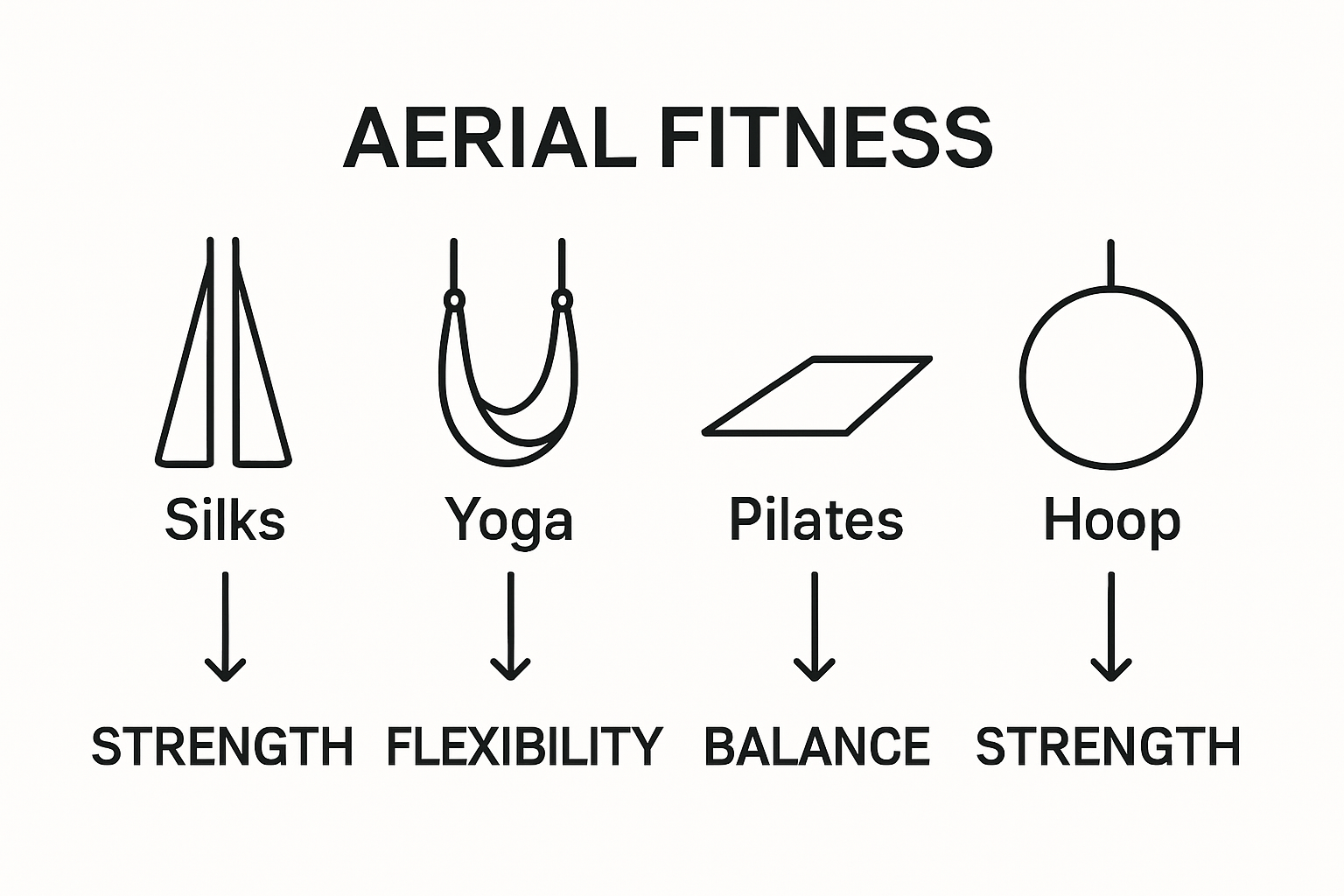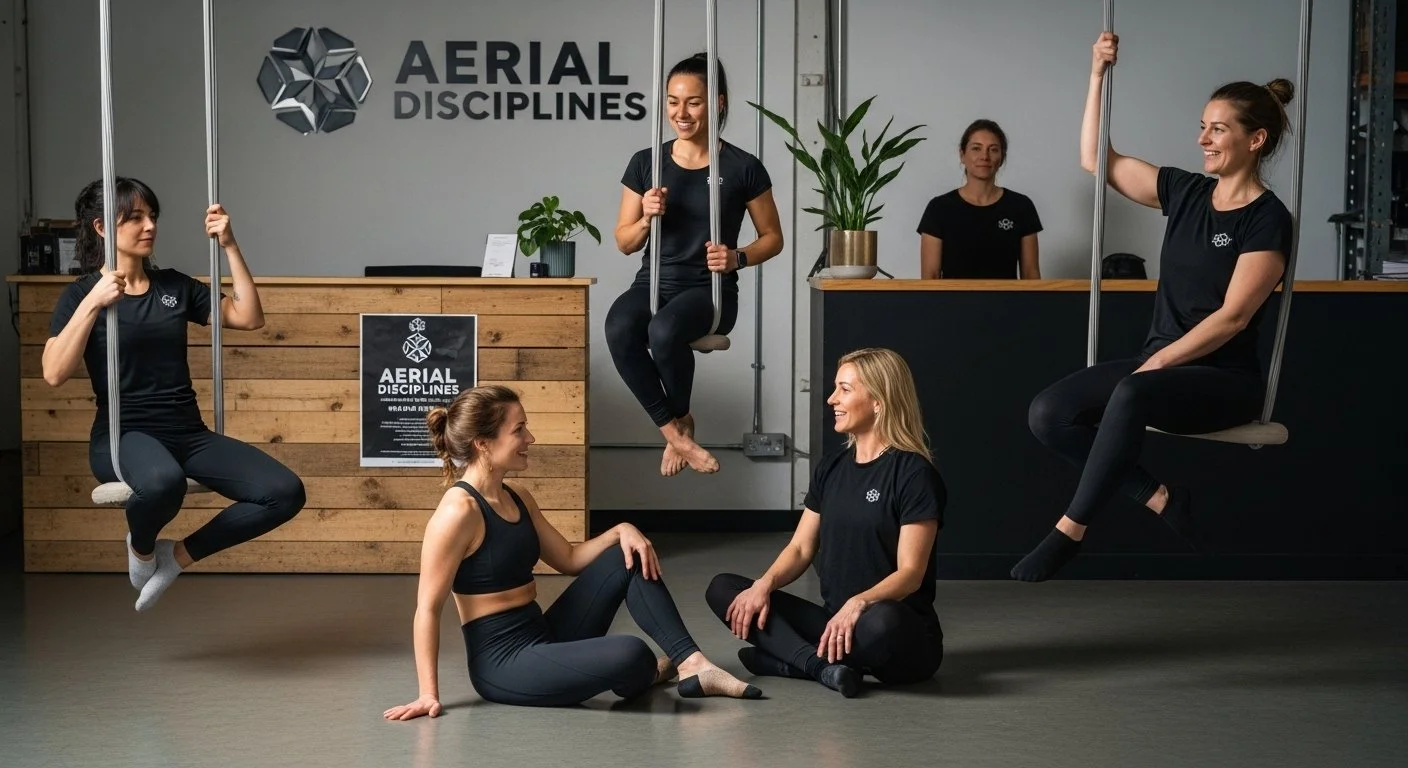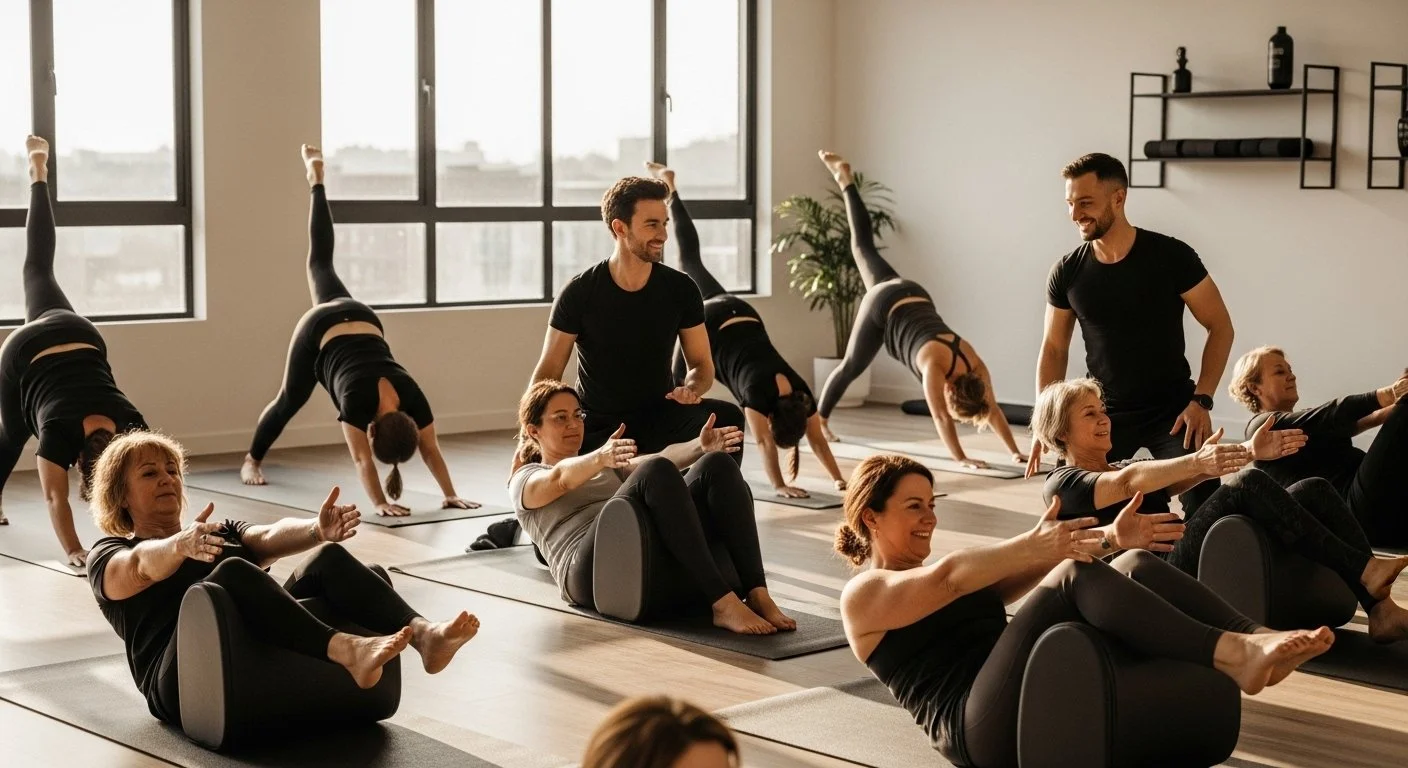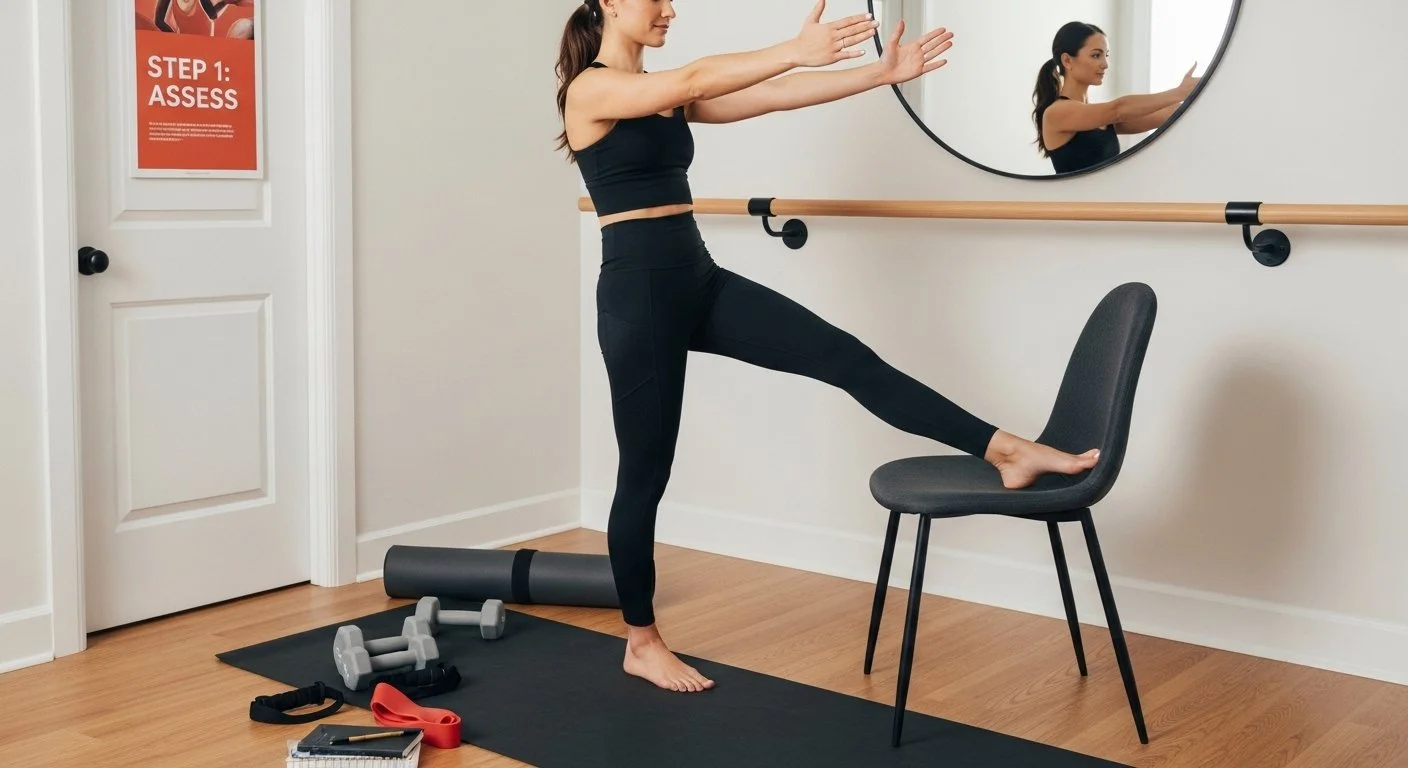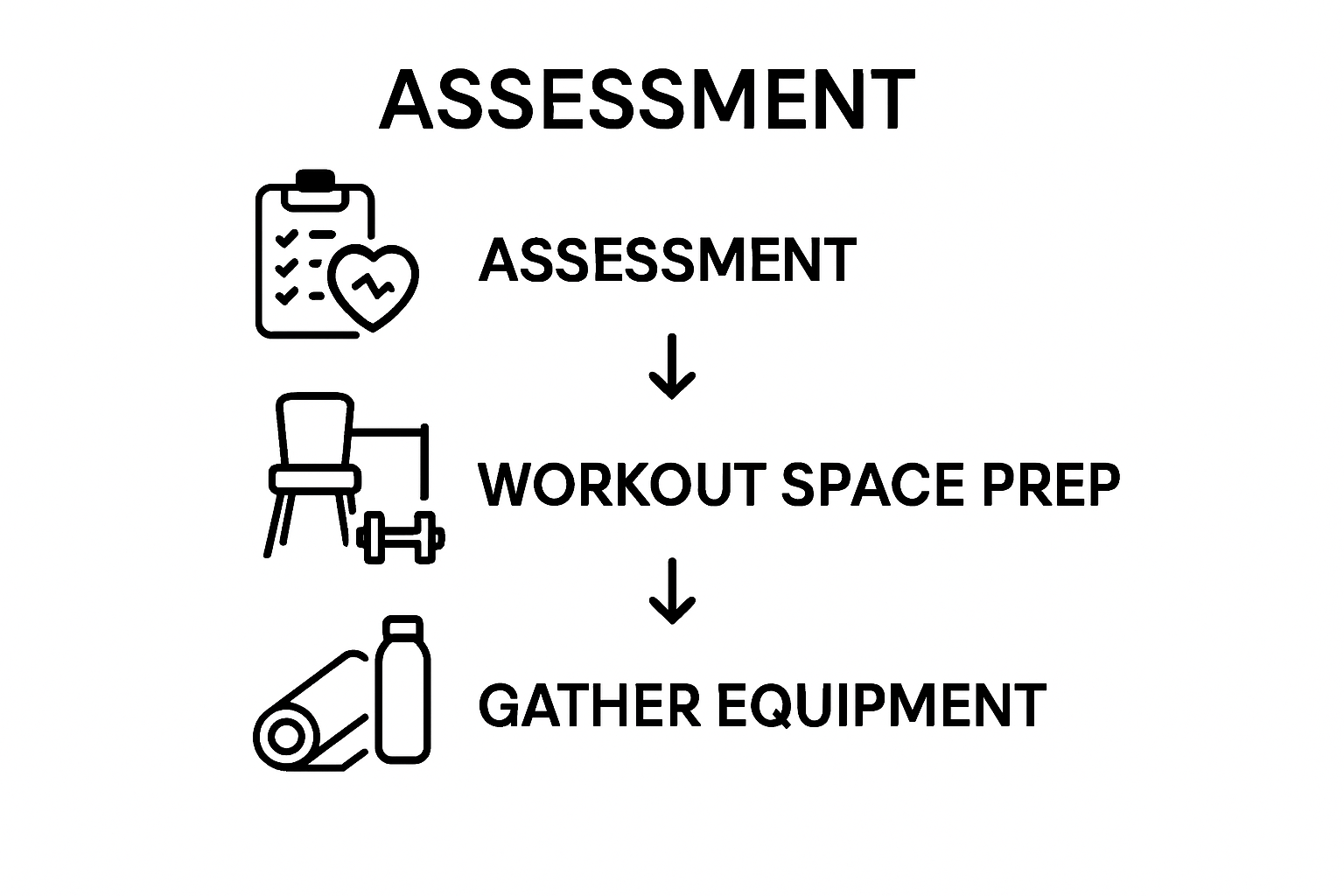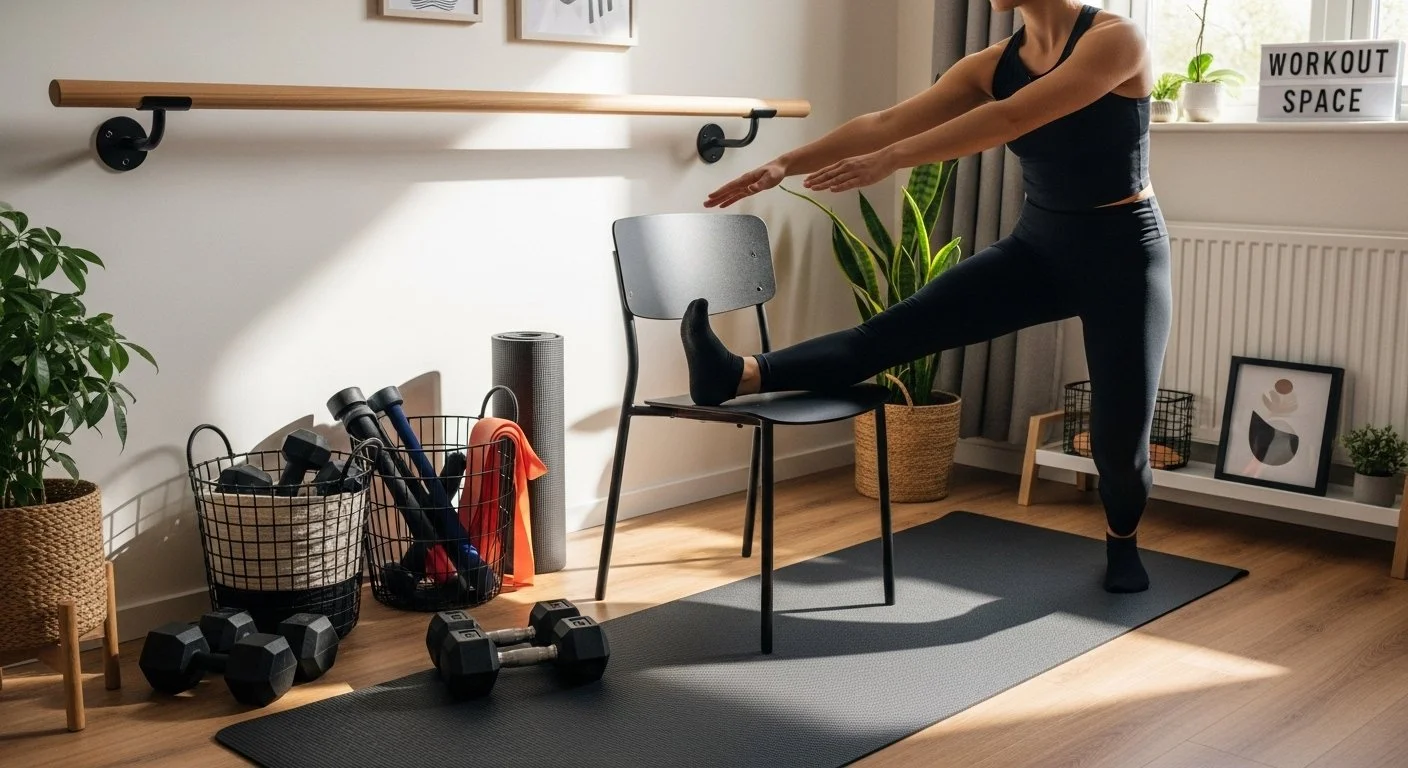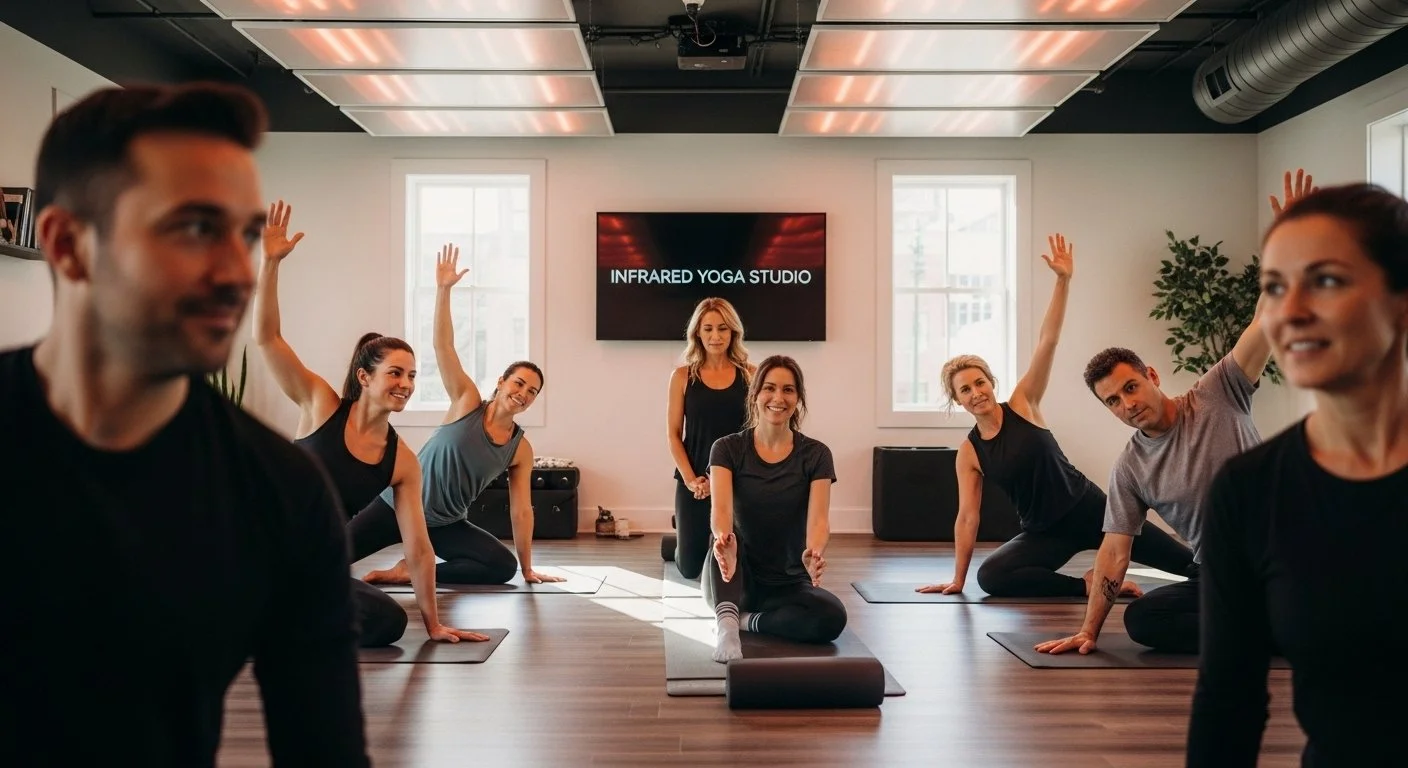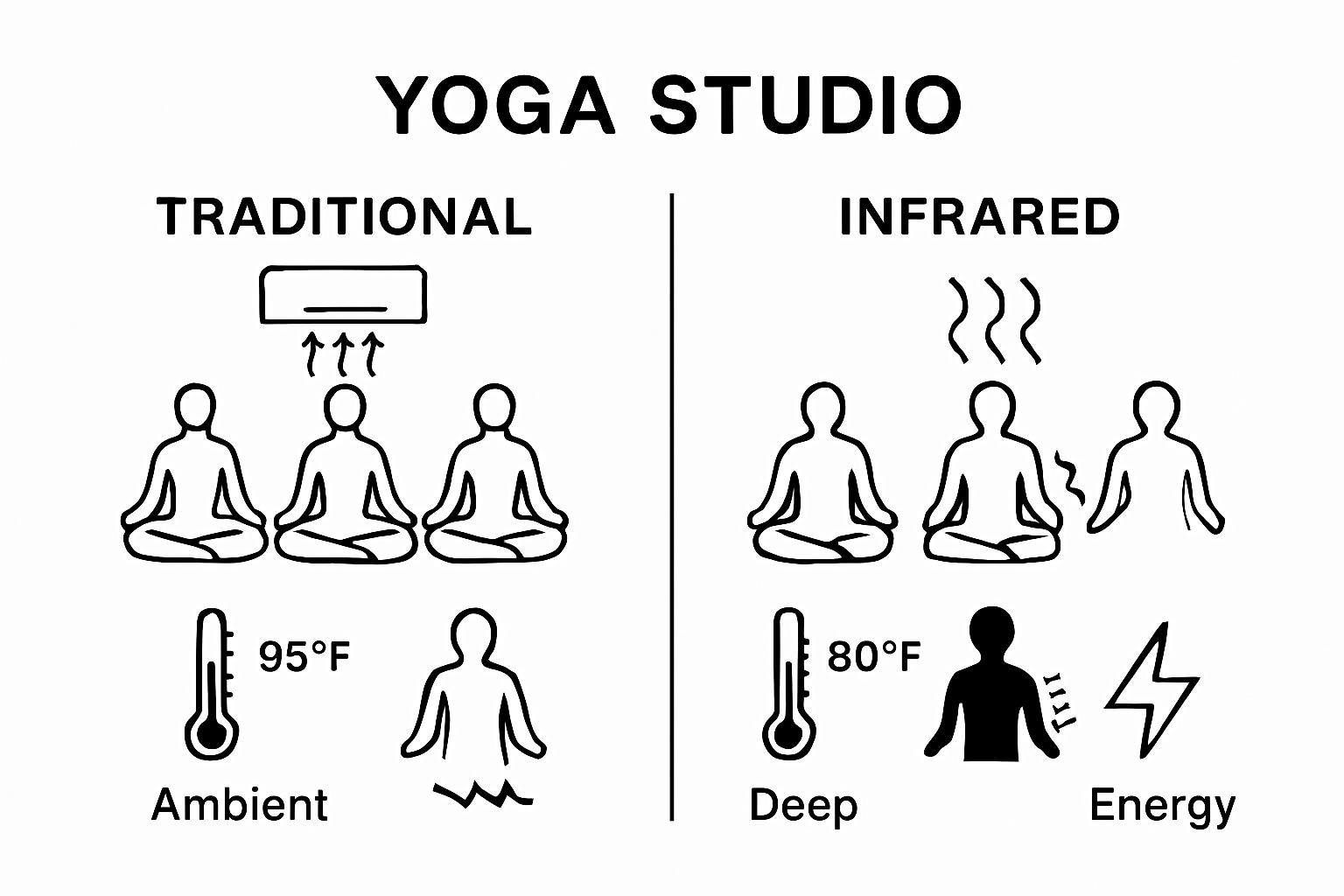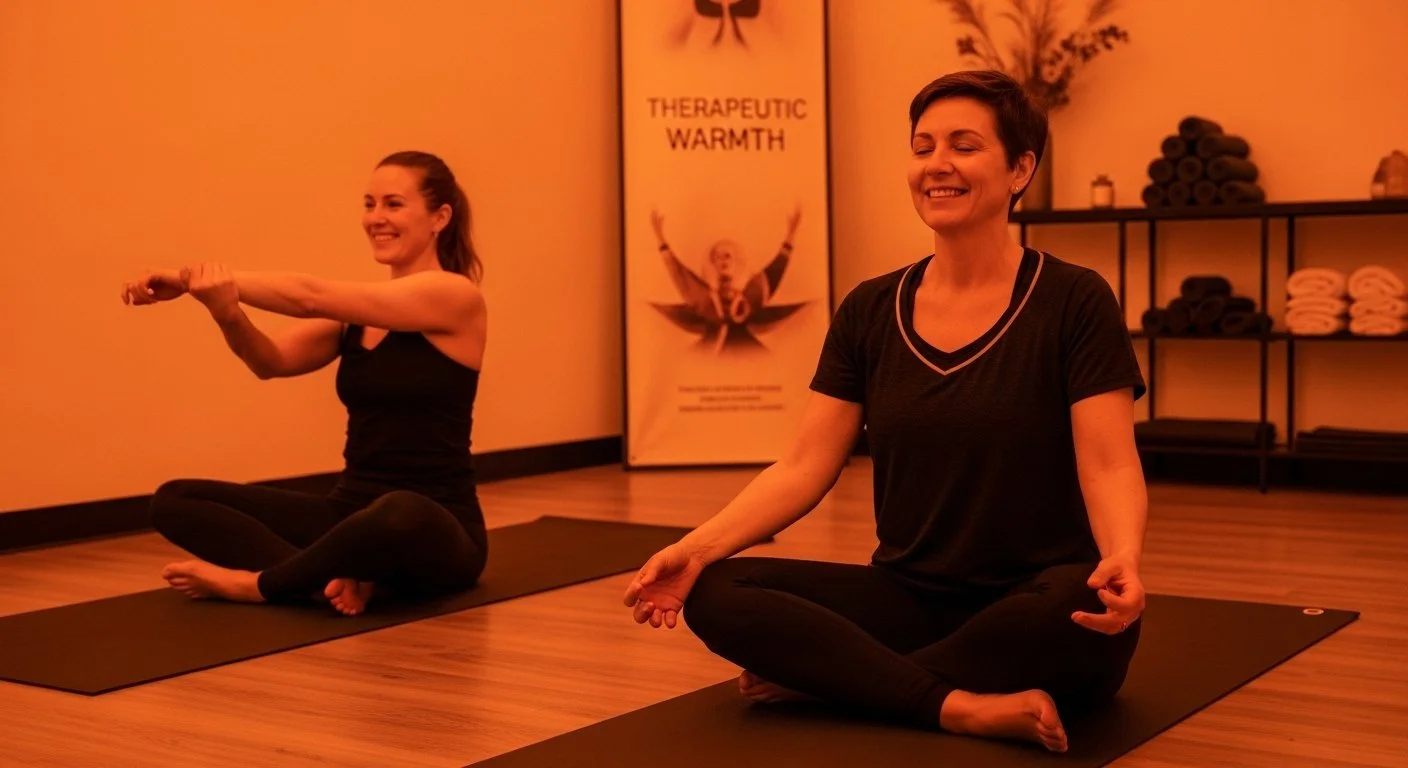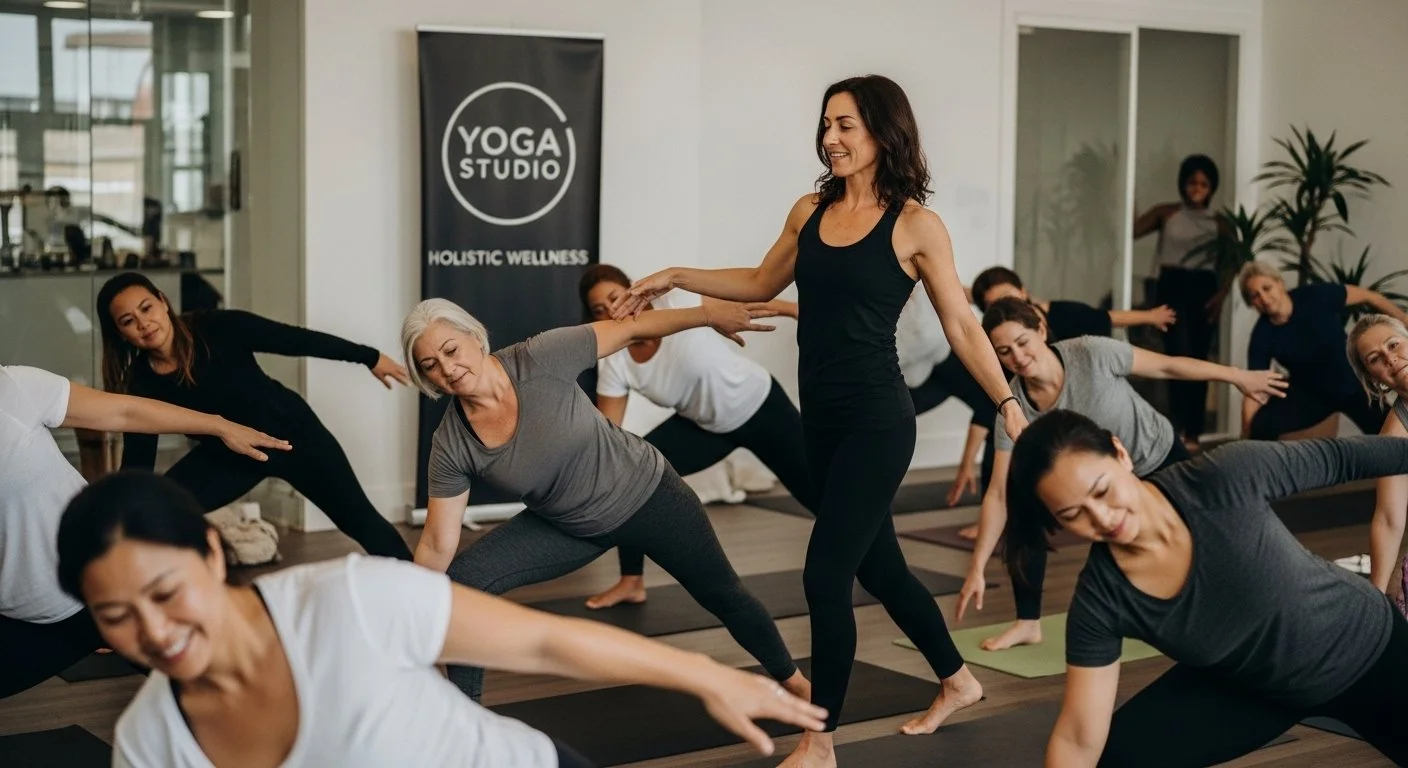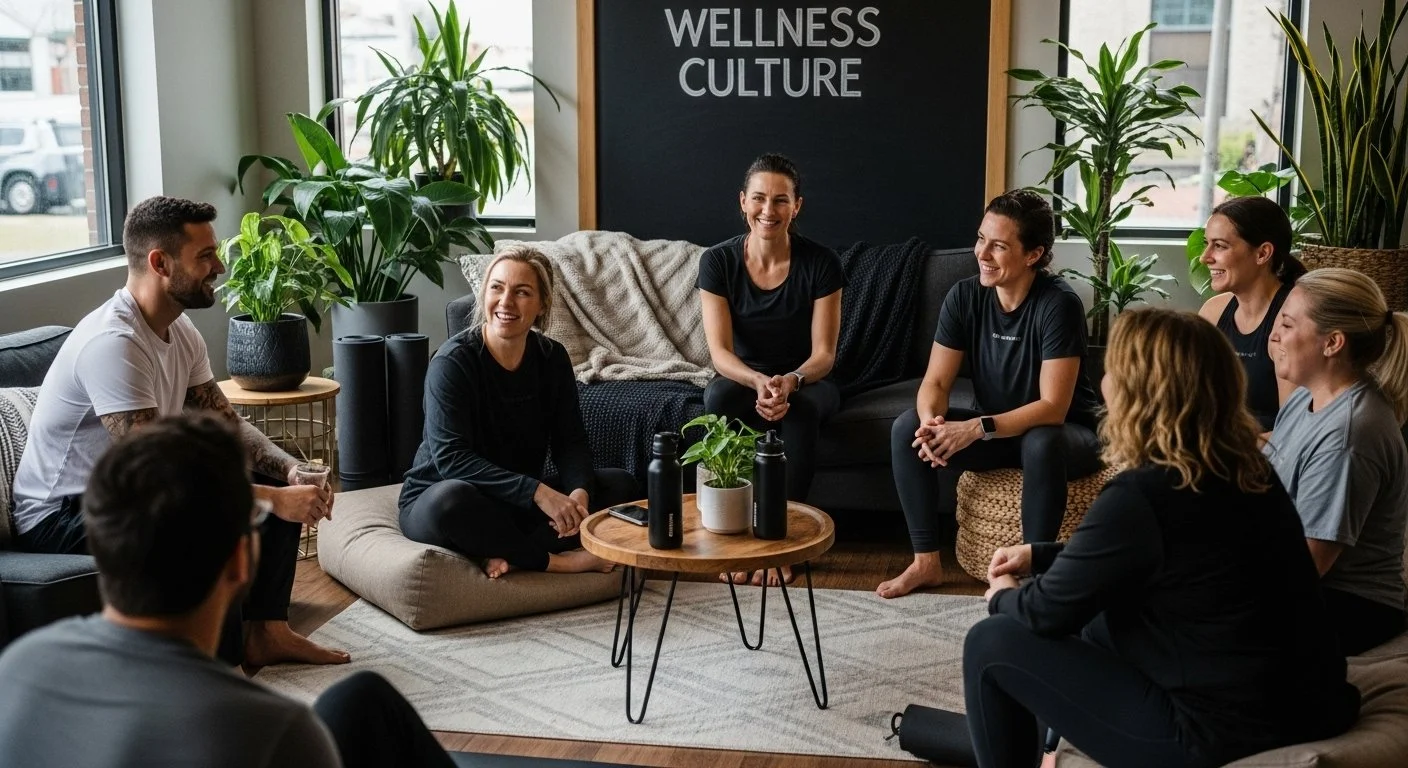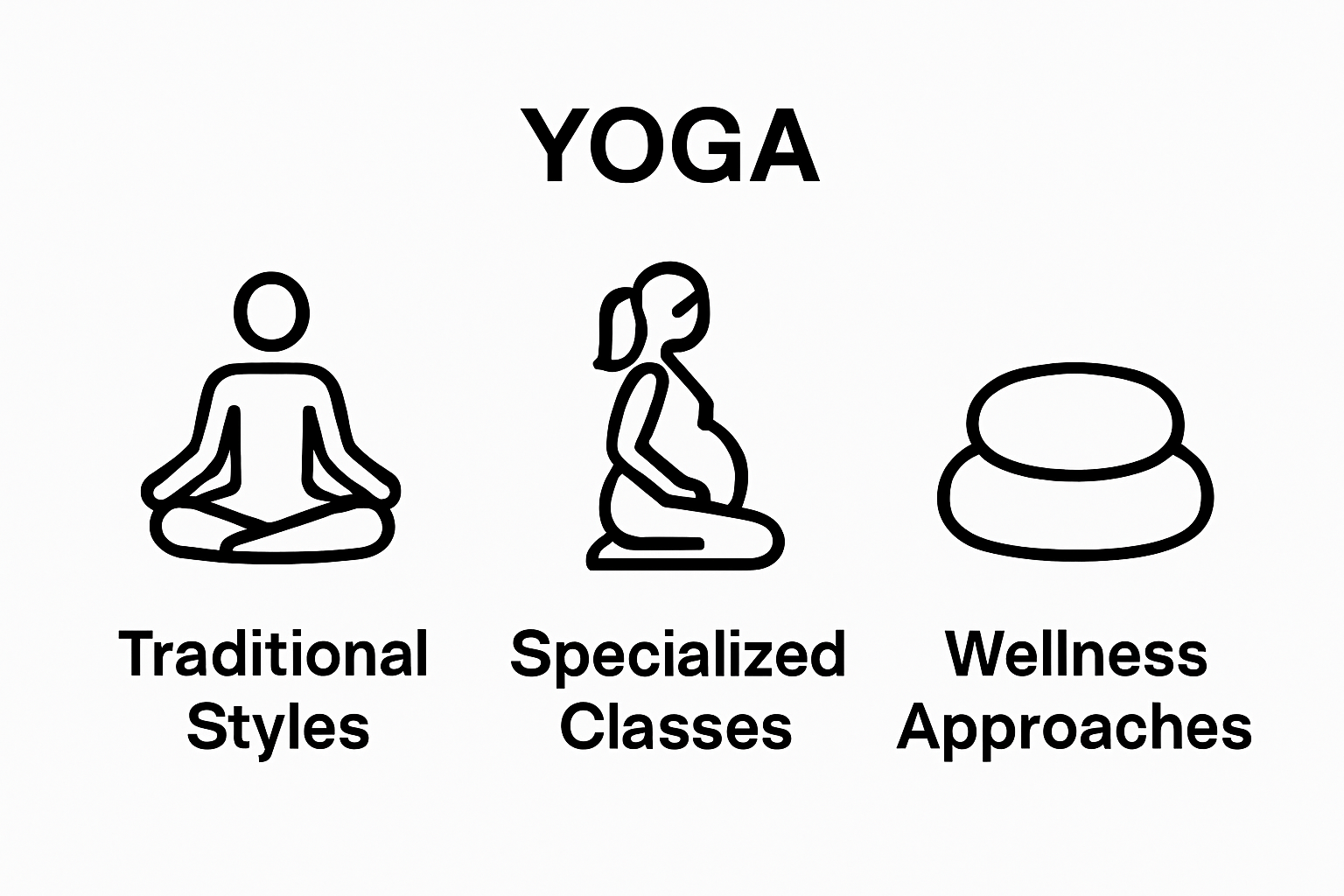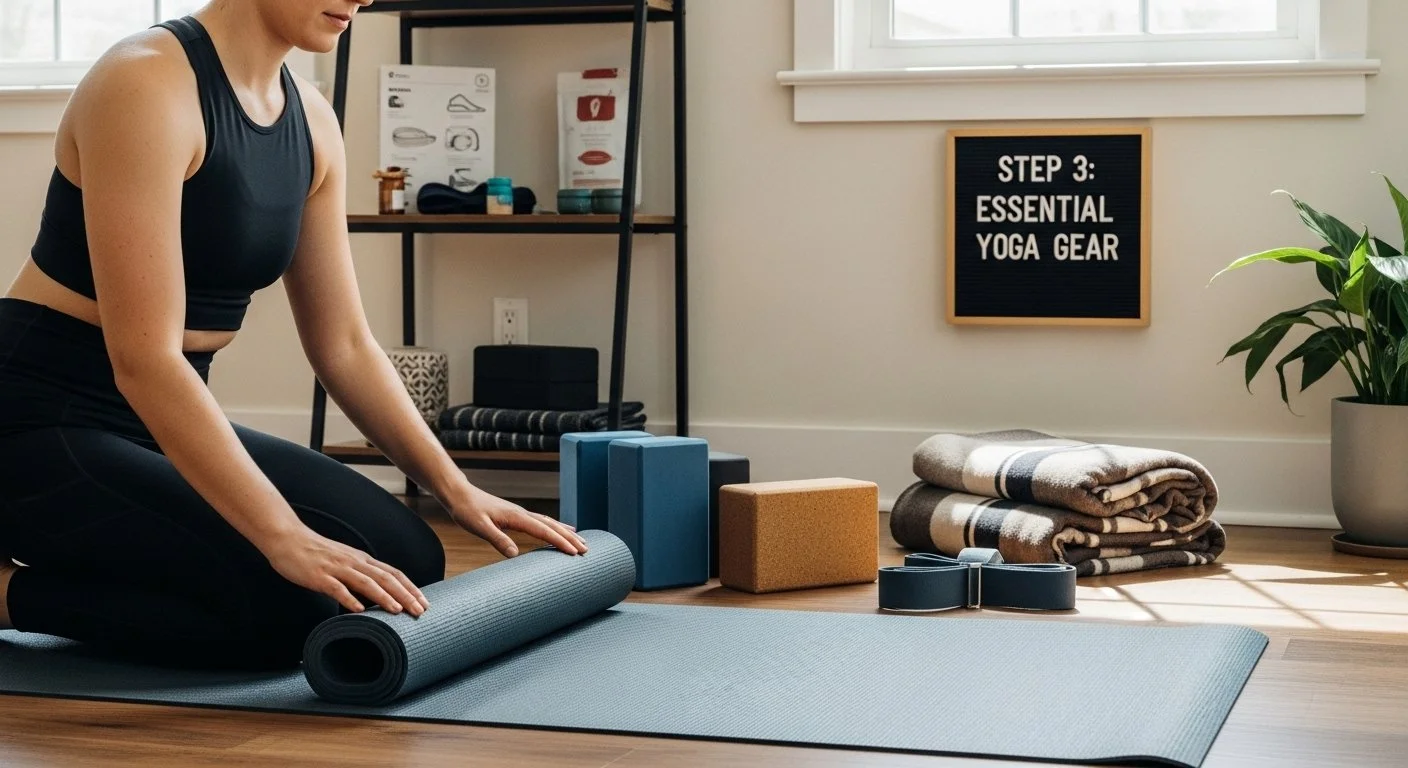Why Attend Yoga Workshops: Understanding Their Benefits
Heather Rice
Yoga workshops are popping up everywhere and with good reason. These focused sessions can give you up to five times deeper learning than regular classes. Most people think yoga is just about poses on a mat. Turns out, the biggest impact of these workshops is how much they transform your mental and emotional wellbeing behind the scenes.
Table of Contents
Quick Summary
TakeawayExplanationYoga workshops enhance skill development.Intensive sessions allow for deeper exploration and mastery of specific yoga techniques and philosophies.Community fosters emotional wellbeing.Shared experiences in workshops create connections, reducing feelings of isolation and encouraging personal growth.Workshops promote holistic health benefits.Structured learning addresses mental, emotional, and physical dimensions, leading to improved overall wellness.Diverse yoga styles cater to personal goals.Workshops provide opportunities to explore various styles, helping practitioners find practices that align with their wellness objectives.Personalized feedback accelerates learning.Direct interaction with instructors allows participants to receive tailored guidance, improving their practice significantly.
Understanding Yoga Workshops: What Are They?
Yoga workshops represent specialized learning experiences that go beyond regular yoga classes, offering practitioners an immersive and concentrated approach to deepening their understanding of yoga practices. Unlike standard group classes that typically follow a consistent routine, workshops provide focused exploration of specific yoga techniques, philosophies, and advanced skills.
The Fundamental Structure of Yoga Workshops
These intensive sessions are designed to provide participants with an in-depth, comprehensive learning environment.
Research from the National Center for Complementary and Integrative Healthindicates that yoga workshops can offer significant benefits by allowing practitioners to engage more deeply with various aspects of yoga practice.
Workshops typically range from half-day to multi-day experiences and are characterized by several key elements:
Concentrated learning format with extended time dedicated to a specific yoga theme
Direct interaction with experienced yoga instructors
Opportunity for personalized feedback and skill refinement
Exploration of advanced techniques and nuanced practices
Types of Yoga Workshops
Workshops can vary widely in their focus and approach. Some common workshop formats include:
Alignment-based workshops concentrating on precise posture mechanics
Philosophy and meditation workshops exploring yogic spiritual traditions
Advanced technique workshops for specific yoga styles
Therapeutic workshops addressing physical or mental wellness goals
Participants can explore more about our yoga workshop offerings to understand the diverse learning opportunities available.
These specialized sessions provide practitioners a unique chance to expand their knowledge, refine their skills, and connect more profoundly with their yoga practice beyond traditional class structures.
The Importance of Community in Yoga Workshops
Yoga workshops transcend individual practice by creating powerful communal learning environments that foster connection, support, and collective growth. These shared experiences transform yoga from a solitary activity into a profound social and transformative journey.
Building Supportive Connections
Research from the National Institutes of Healthdemonstrates that group-based yoga practices significantly enhance psychological wellbeing by promoting social connectedness and reducing feelings of isolation. The community aspect of yoga workshops provides unique advantages that extend far beyond individual physical practice:
Shared learning experiences that create mutual understanding
Collective energy and motivation from practicing alongside others
Opportunities for peer support and inspiration
Safe spaces for vulnerability and personal growth
Collaborative Learning and Personal Development
Workshop communities enable participants to learn from diverse perspectives, challenging individual limitations and expanding personal potential. By practicing together, individuals gain insights not just from instructors, but from fellow practitioners. The collaborative environment encourages:
Mutual encouragement and accountability
Breaking through personal practice barriers
Understanding different body types and practice approaches
Creating lasting connections with like-minded individuals
Emotional and Psychological Benefits
The communal nature of yoga workshops creates a supportive ecosystem that nurtures emotional resilience. Participants often report feeling more connected, understood, and empowered through shared experiences. Learn more about our community yoga offerings to understand how group practices can transform individual wellness journeys.
Exploring Various Yoga Styles and Their Benefits
Yoga workshops offer an extraordinary opportunity to explore diverse yoga styles, each with unique characteristics, philosophies, and potential health benefits. Understanding these different approaches allows practitioners to select practices that align most closely with their personal wellness goals and physical capabilities.
Fundamental Yoga Styles Overview
Research from the National Institutes of Healthhighlights the distinctive benefits of various yoga styles. Different practices target specific wellness dimensions, providing holistic approaches to physical and mental health. Some prominent yoga styles include:
Hatha Yoga: Focuses on foundational postures and breath control
Vinyasa Yoga: Emphasizes fluid movement and breath synchronization
Restorative Yoga: Promotes deep relaxation and stress reduction
Ashtanga Yoga: Involves rigorous, athletic sequences
Yin Yoga: Targets deep connective tissues through prolonged poses
Physical and Mental Health Dimensions
Each yoga style offers targeted benefits that extend beyond simple physical exercise. Some practices prioritize strength and flexibility, while others concentrate on mental clarity and emotional balance. Practitioners can expect outcomes such as:
Enhanced muscular strength and endurance
Improved flexibility and joint mobility
Reduced stress and anxiety levels
Better respiratory function
Increased mindfulness and mental focus
Personalized Practice Selection
Workshops provide a unique environment for exploring and understanding different yoga styles. By experiencing multiple approaches, participants can make informed decisions about their preferred practice. Read more about our diverse yoga offerings to discover which style resonates most with your personal wellness journey. The key is recognizing that no single yoga style is universally superior each practice offers distinct advantages tailored to individual needs and preferences.
To help you compare the key characteristics of popular yoga styles mentioned, the following table highlights their primary focus and unique benefits.
Yoga StylePrimary FocusUnique BenefitsHatha YogaFoundational postures, breath controlBuilds fundamentals, improves flexibilityVinyasa YogaFlowing movement, breath synchronizationBoosts cardiovascular health, mindfulnessRestorative YogaDeep relaxation, gentle holdsReduces stress, supports recoveryAshtanga YogaStructured, athletic sequencesIncreases strength, stamina, disciplineYin YogaLong-held postures, deep tissue workEnhances joint mobility, calms the mind
Deepening Your Practice Through Specialized Workshops
Specialized yoga workshops represent transformative opportunities for practitioners to elevate their practice beyond standard class experiences. These focused learning environments enable individuals to explore intricate nuances of yoga technique, philosophy, and personal development with unprecedented depth and intentionality.
Advanced Skill Development
Research published in the Journal of Alternative and Complementary Medicine demonstrates that targeted, intensive learning experiences significantly accelerate skill acquisition and understanding. Specialized workshops provide concentrated environments where practitioners can:
Break through performance plateaus
Receive personalized, detailed technical feedback
Learn advanced modifications and variations
Develop more sophisticated body awareness
Understand biomechanical principles underlying complex postures
Holistic Personal Transformation
Beyond physical technique, specialized workshops offer profound opportunities for personal growth and self-discovery. These immersive experiences transcend traditional fitness paradigms by integrating physical practice with deeper philosophical and psychological exploration. Participants typically experience:
Enhanced mind body connection
Increased emotional intelligence
Greater understanding of personal limitations
Tools for sustained personal development
Strategies for integrating yogic principles into daily life
Intentional Learning Strategies
Successful practitioners approach specialized workshops with clear intentions and openness to transformative experiences. Explore our comprehensive yoga practice resources to prepare for your workshop journey. Continuous learning represents the essence of yoga a practice of perpetual growth, curiosity, and self-exploration that extends far beyond physical movement.
How Workshops Contribute to Overall Wellbeing
Yoga workshops represent far more than physical exercise environments they are comprehensive wellness experiences designed to nurture holistic health across mental, emotional, and physical dimensions. By integrating structured learning with transformative practices, these specialized sessions offer profound pathways to enhanced personal wellbeing.
Holistic Health Integration
Research from Harvard Health Publishingdemonstrates that structured yoga practices significantly impact overall wellness. Workshops contribute to health through multifaceted approaches that address interconnected aspects of human experience:
Stress reduction and emotional regulation
Enhanced physical flexibility and strength
Improved respiratory and cardiovascular function
Development of mindfulness and self awareness
Neurological benefits including improved cognitive performance
Psychological Resilience and Emotional Balance
Workshops create safe, supportive environments where participants can explore deeper psychological landscapes. These experiences go beyond physical postures, offering tools for emotional intelligence and mental clarity. Practitioners often discover:
Strategies for managing anxiety and depression
Techniques for emotional self regulation
Increased capacity for present moment awareness
Enhanced interpersonal communication skills
Pathways to understanding personal emotional patterns
Mind Body Wellness Transformation
The integrative nature of yoga workshops enables participants to develop comprehensive wellness strategies that extend far beyond traditional fitness paradigms. Learn more about our health and wellness approach to understand how these practices create lasting personal transformation. Ultimately, workshops provide a holistic blueprint for cultivating resilience, balance, and authentic personal growth.
Experience the Full Benefits of Yoga Workshops in Philadelphia
Many people are seeking more depth in their yoga journey, searching for focused guidance and a genuine sense of community. If you have ever felt stuck in your routine practice or wished you could better understand advanced skills, dedicated yoga workshops are the key to breaking through. As the article highlighted, these workshops offer concentrated learning, powerful group support, and real opportunities for personal growth—all of which are central to lasting well-being.
Now is the time to bring all these benefits into your own life with Amrita Yoga & Wellness. Our Philadelphia studio features a variety of specialized yoga workshops, each designed to help you refine your skills, explore new styles, and connect with a supportive community. Ready to take your next step? Learn more about our latest offerings by visiting our workshop schedule and discover a welcoming space where personalized attention, advanced practice, and holistic wellness are within your reach. Reserve your spot today and transform your practice with us.
Frequently Asked Questions
What are the primary benefits of attending yoga workshops?
Yoga workshops offer concentrated learning experiences that deepen practitioners' understanding of yoga techniques, philosophies, and personal development. They promote skill refinement, community support, and holistic health benefits.
How do yoga workshops differ from regular yoga classes?
Unlike regular yoga classes, workshops focus on specific themes or topics, provide extended time for practice, and offer personalized feedback from experienced instructors.
The table below summarizes major benefits and characteristic features of yoga workshops compared with regular yoga classes to clarify how workshop experiences provide deeper growth opportunities.
| Aspect | Yoga Workshops | Regular Yoga Classes |
|---|---|---|
| Learning Depth | Up to five times deeper learning, focused themes | General routine, less in-depth |
| Session Duration | Half-day to multi-day, immersive | Shorter, 45–90 minutes typical |
| Instructor Interaction | Direct, personalized feedback | Limited personalized attention |
| Community Connection | Intense group bonding and collaborative learning | Less emphasis on community interaction |
| Personalization | Tailored advice for growth and skill refinement | General guidance for all participants |
Can participating in yoga workshops improve my mental health?
Yes, yoga workshops create supportive environments that enhance emotional resilience and reduce feelings of isolation. They help improve psychological well-being by promoting mindfulness, emotional regulation, and social connectedness.
What types of yoga styles can I explore in workshops?
Yoga workshops often cover a variety of styles, including Hatha, Vinyasa, Restorative, Ashtanga, and Yin yoga. Each style offers unique benefits, allowing participants to find practices that align with their wellness goals.
